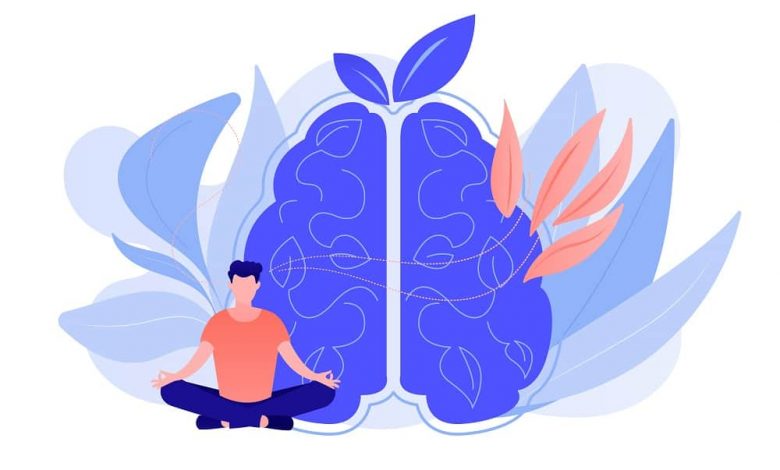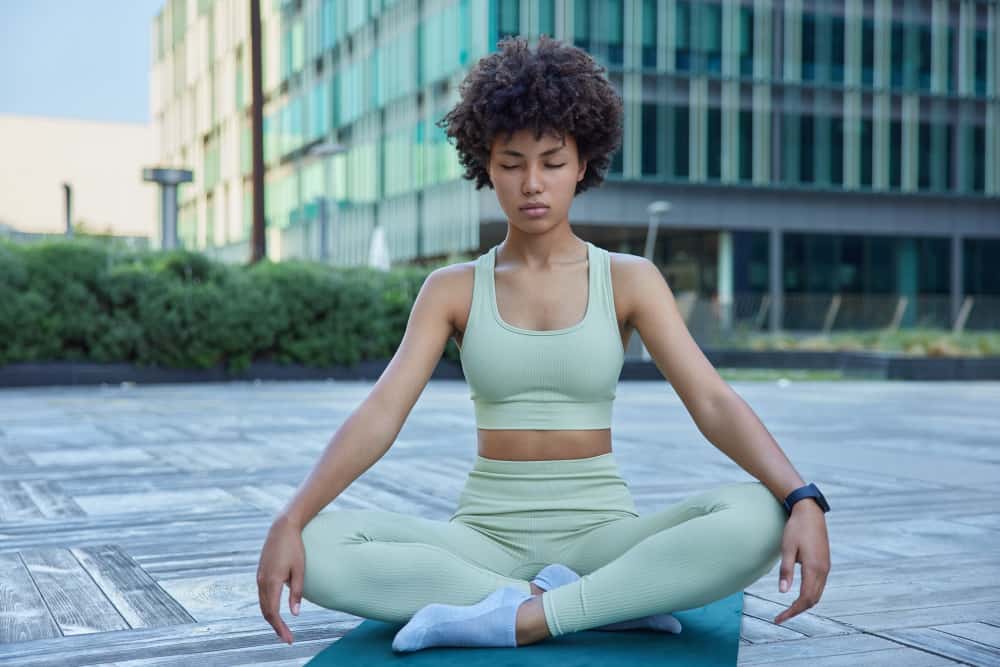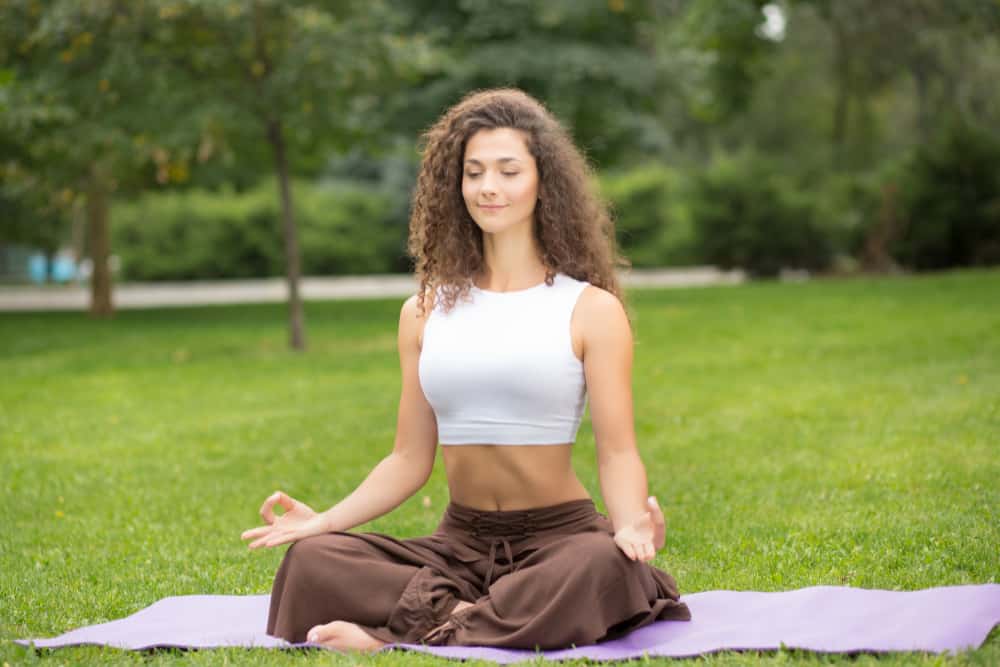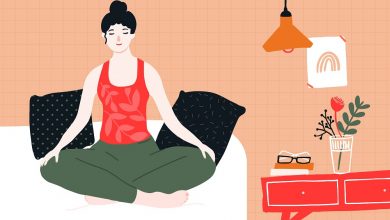Mindfulness Activities for Beginners: Benefits, Tips, FAQS

If you’re new to mindfulness or have been practicing for a while but are looking for some new ideas, this comprehensive guide is for you! In it, we’ll discuss different mindfulness activities that you can try, both on your own and with others. We’ll also provide tips for getting the most out of each activity. So whether you’re just starting or looking to expand your practice, read on for some helpful mindfulness activities for beginners!
Mindful Breathing
One of the most basic mindfulness activities is simply paying attention to your breath. This can be done anywhere, at any time, and requires no special equipment or preparation. To get started, find a comfortable place to sit or lie down and focus on your breath as it moves in and out of your body. Notice the sensation of the air moving through your nose and mouth and the rise and fall of your chest or belly. If your mind begins to wander, simply bring your attention back to your breath. You can do this activity for as long as you like – even just a few minutes can be beneficial.
There are many variations of mindful breathing, so feel free to experiment and find what works best for you. For example, you can focus on a specific part of your breath, such as the sensation of the air moving in and out of your nostrils. Or you can count each breath, breathing in for a count of four and out for a count of four (or whatever number feels comfortable for you). You can even try different breathing speeds, such as slow and deep breaths or shorter, quicker breaths. There are no wrong ways to do this activity – explore and see what works best for you at the moment.
Mindful Walking

Another easy mindfulness activity that you can do anywhere is mindful walking. This involves paying attention to the sensation of your feet moving as you walk and noticing the sights, sounds, and smells around you. You can do this activity indoors or outdoors, and there’s no need to go anywhere particular – start walking and focus on your senses. If your mind begins to wander, bring your attention back to the sensation of walking.
You may also like this: 10 Best Tips to Achieving Mindfulness for Teens in (2022)
You can also experiment with different variations of mindful walking. For example, you can try walking barefoot to focus on the sensation of your feet moving. Or you can walk at a slower-than-normal pace to give yourself more time to notice the details around you.
Sitting Meditation

Sitting meditation is more involved than the previous two activities, but it can be a very powerful mindfulness practice. For this activity, you’ll need to find a comfortable place to sit, and you may want to set a timer for anywhere from five to 60 minutes (or longer if you’re experienced with meditation). Once you’re seated, begin focusing on your breath. Notice the sensation of the air moving in and out of your body and the rise and fall of your chest or belly. Bring your attention back to your breath if your mind begins to wander.
Body Scan Meditation
Body scan meditation is another mindfulness activity that can be done seated or lying down. To get started, find a comfortable position and close your eyes. Then, begin focusing your attention on different body parts, starting with your toes and moving up to your head. As you move through each part of your body, notice any sensations that you’re feeling, such as tension, warmth, or tingling. If your mind begins to wander, bring your attention back to the sensation in your body.
You can do this activity for as long as you like – even just a few minutes can be beneficial. And like the other activities, there are many variations that you can try. For example, you can move through your body more quickly or slowly, focusing on different parts of the body each time you do the activity.
Guided Meditation

Guided meditation is a great option for those new to mindfulness or who have trouble meditating on their own. With this activity, you’ll listen to a guided meditation recording (which can be found online or in apps like Headspace) and follow along with the instructions.
Guided meditation can be beneficial in reducing stress and anxiety, improving sleep, and increasing focus and concentration. And like the other activities, there are many different types of guided meditation, so you can find one that fits your needs and interests.
Practice mindfulness in daily activities
Another great way to practice mindfulness is to incorporate it into your daily activities. For example, when you’re brushing your teeth, take a moment to focus on the sensation of the toothbrush against your teeth. Or, when you’re out for a walk, pay attention to the sounds and smells around you.
You can also try mindfulness activities with others. One option is to do a guided meditation together. There are many different types of guided meditations available, so you can find one that suits your needs and interests. Alternatively, you could try a mindfulness activity such as a walking meditation. This involves walking slowly and paying attention to your surroundings and the sensations in your body.
Tips to get the most out of mindfulness activities:
Mindfulness can be a great way to reduce stress, improve focus and increase overall well-being. However, like anything else, it takes practice to get the most out of mindfulness activities.
- -Start with just a few minutes each day. You don’t have to meditate for hours to see benefits. Even a few minutes of mindfulness can help you feel more relaxed and less stressed.
- -Find a comfortable spot to lie down or sit. You don’t need to be in a special position to meditate, but it can help to find a comfortable spot where you won’t be distracted.
- -Focus on your breath. One of the most important aspects of mindfulness is simply paying attention to your breathing. As you breathe in and out, try to focus on the sensation of the air moving in and out of your lungs.
- -Let go of thoughts. Mindfulness is about being present in the moment, not about thinking about the past or future. If you find your mind wandering, simply refocus on your breath and let the thoughts go.
- -Don’t worry about doing it perfectly. Mindfulness is a practice, not a competition. The more you practice it the more you’ll improve proficient at it.
With a little practice, you’ll be able to get the most out of your mindfulness activities and reap all of the benefits!
Conclusion:
So there you have it – a comprehensive guide to mindfulness activities for beginners. If you’re new to mindfulness, start with one of the more straightforward activities and work your way up to the more advanced ones. And don’t forget to be patient with yourself – it takes time and practice to learn how to be mindful. But with a little bit of effort, you’ll be well on your way to enjoying the benefits of mindfulness.
Q: What is mindfulness?
A: Mindfulness is the practice of present moment awareness. It is an invitation to turn our attention inward and focus on our thoughts, feelings, and sensations in a non-judgmental way.
Q: What are some other benefits of mindfulness?
A: In addition to promoting present moment awareness, mindfulness has been shown to reduce stress, anxiety, and depression. It can also help improve sleep quality, increase focus and concentration, and boost overall well-being.
Q: How long does it take to see results from mindfulness?
A: Mindfulness is a practice that takes time to develop. However, even a few minutes of mindfulness meditation can be beneficial. The more you practice, the greater the benefits will be.
Q: How can I be more mindful?
A: There are many ways to cultivate mindfulness, but mindfulness meditation is one of the most effective. Meditation allows us to focus on a single object (such as the breath) and observe our thoughts and feelings without getting caught up in them.




